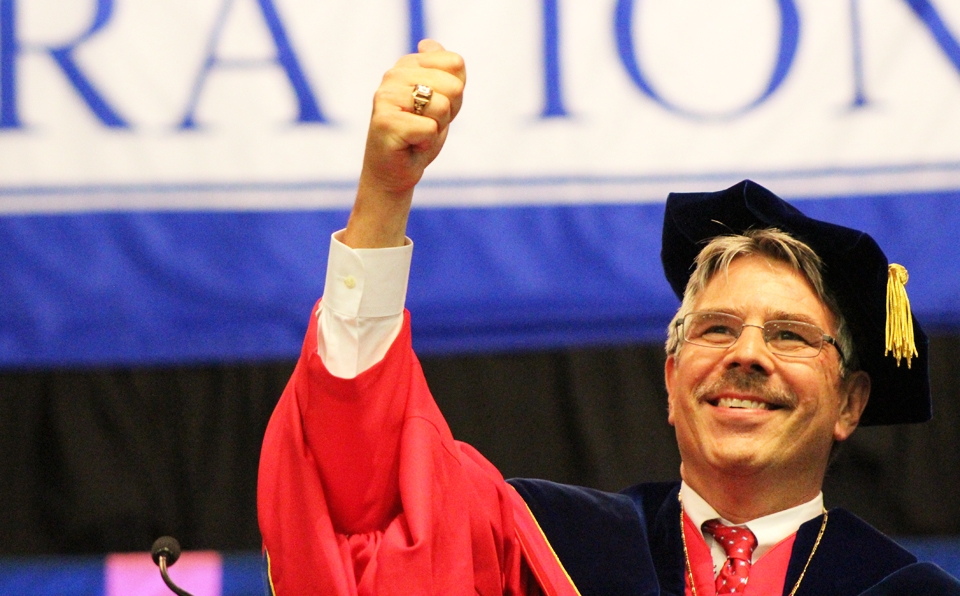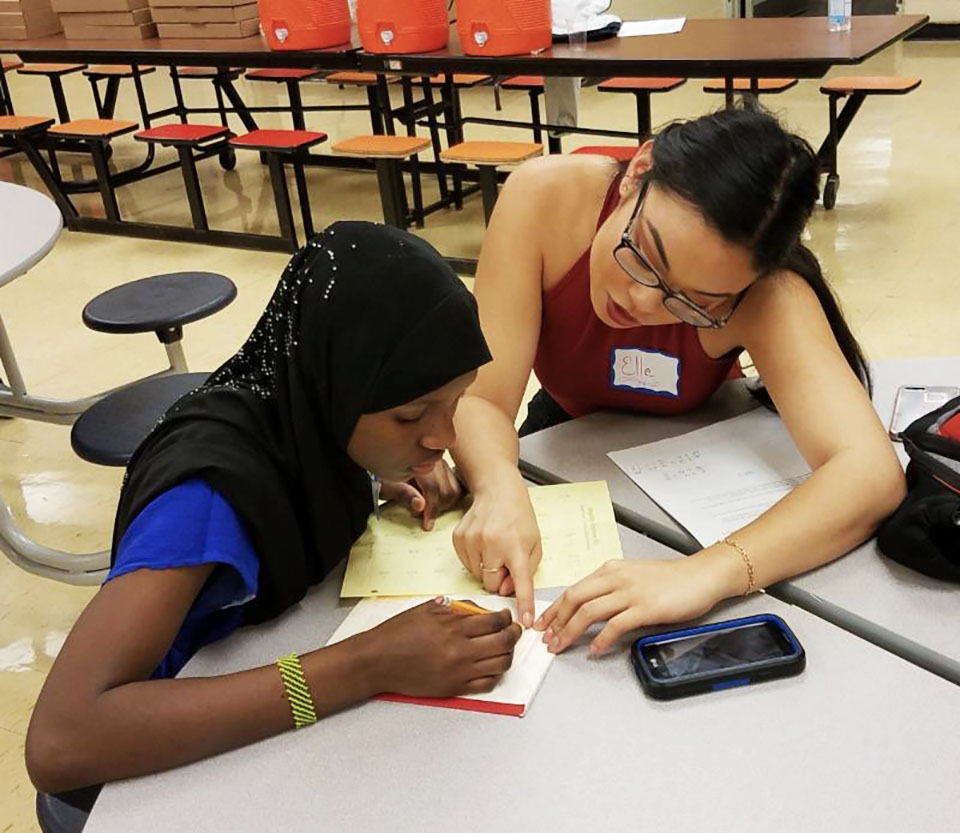By Rebekah Devorak | Opinions Editor
For many college students, Friday nights – and let’s be honest, probably the rest of the weekend, too – are all about how many beers can be chugged at sketchy house parties between twilight and dawn.
Underage drinking is a serious, under-addressed problem in universities today. According to the National Institute on Alcohol Abuse and Alcoholism, 80 percent of college students drink and 50 percent report frequent binge drinking. For comparison, less than half of those at most college campuses are of legal drinking age.
College officials are attempting to alleviate these issues by cracking down with stricter penalizations. In the 2015 Annual Security and Fire Safety Report, Duquesne University had 462 liquor law violations that were referred for disciplinary action. This number is nearly double the amount of violations at the University of Pittsburgh (284) and Robert Morris University (222). It is over four times the amount for Point Park University (106).
Duquesne is nowhere near the worst offending schools of the nation, namely local neighbor West Virginia University with approximately 2,500 violations in 2012. But there are a few explanations as to why Duquesne’s statistics are much higher than the surrounding universities.
For starters, the University of Pittsburgh details its alcohol violations to the City of Pittsburgh Bureau of Police, whereas Duquesne addresses it directly with on-campus officers. There’s also DU Cares, a program aimed to “teach students basic information about alcohol and other drugs,” which also aids in reporting the numbers.
Despite these clarifications, the majority of the violations are most likely coming from underage students trying to smuggle in Smirnoff. Duquesne’s drug and alcohol policies allow for students 21 and over to keep and consume alcoholic beverages within their individual dorm rooms, as well as at campus functions where the university has granted permission.
Everyone’s heard about what underage drinking does to the body: increase risk of certain diseases, hinder brain development, cause liver cirrhosis, etc. But students aren’t going to think about these factors when they view alcohol as a stress reliever and a social catalyst to having a good time.
And students are most certainly not going to change their ways simply because they were referred to the Office of Student Conduct. If anything, they’ll think a little bit harder about how to party on without getting caught.
If colleges really have serious intentions about ridding campuses of alcohol abuse, then they have a long line of American heritage to grapple with in the process. The alcohol culture that rages on today in colleges is one that is deeply rooted in this nation’s history. Emerging from a time when everyone – men, women, children – drank alcohol because water was infested with unsafe pollutants, this daily way of life followed young men as they went off to college. From the Reconstruction period through Prohibition leading up to today, it’s arguable that alcohol within universities is as American as apple pie.
It’s not an easy fix. Dishing out citations like free copies of the New Testament isn’t going to solve the problem at hand; it’s only going to highlight its severity. Instead students need to realize that underage drinking is against the law. The real law, not the metaphorically ambiguous “law” with no consequences that kids tend to think about.
Instead of teaching students about how bad alcohol is, we need programs that will show how underage drinking can affect important matters such as future job opportunities or life plans. These are the reasons why people go to college in the first place; if students see how these things could be seriously affected by making poor decisions, then they might be less inclined to participate.
As for everyone 21 and up, drink responsibly.



